What is the threat to bird biodiversity?
“Of those bird species known to have been present or to have visited regularly in Australia when Europeans settled in 1788, 1.9% are Extinct and a further 11.5 % are considered Threatened. Some 6.0 % are Near Threatened.”
These facts and some of the following extracted summaries have been edited with some added Queensland emphasis from “The Action Plan for Australian Birds 2000”, Stephen T. Garnett – Queensland Parks and Wildlife Service, and Gabriel M. Crowley – Birds Australia Environment Australia, 2000. You can read the full content of this plan on the web site of the Australian Government Department of the Environment, Water, Heritage and the Arts .
“The majority of the Threatened or Extinct bird species are on islands where predators, often facilitated by habitat destruction, have caused or are causing massive declines. On the mainland, land clearance is causing declines that will continue for decades as a result of habitat fragmentation. Over 82% of all bird species from mainland Australia and Tasmania have been affected by land clearance at some stage, and for half it is a continuing threat. Over 40% of species affected by habitat loss, fragmentation and/or degradation occur in temperate or subtropical woodlands. Grazing by sheep and cattle, which affects 53% of mainland birds, and changes in fire management (45%) are also major threatening processes. At sea, all 20 albatross species and several petrels are threatened by high rates of mortality associated with fishing. ” (End of direct extracts)
In Queensland, most Threatened and Near Threatened bird species occur in the forests and woodlands of the wet sub-tropical coast land. Significant overall threats to bird biodiversity occur throughout Queensland due to clearing for agriculture, urban development and aggressive interactions from certain native predators and established exotic bird species such as the Common Mynah. Other important threats are the inadequate management of accidental or planned bush fires and the failure to protect and enhance the access to native plants found to be critical in certain bird species’ food requirements.
For migratory shorebirds (waders), there is also inadequate protection of roost and feeding sites and threats from pollution. (See QWSG Website)
Until recently, Birds Queensland kept extensive records of bird sightings but now recommends the use of eBird. For rare, threatened or otherwise notable species the Birds Queensland Rarities Appraisal Committee ensures appropriate coordination of communication and recording of rare species sighted by members in Queensland. A form is provided here to assist in reporting your sighting.
Most bird conservation plans (BCP) depend upon:
- a reliable monitoring program to determine the distributions of specific endangered bird species including their population size and trends, together with availability of their key habitat requirements;
- the ready availability of information about the needs of bird species for decision makers, land managers and the public;
- the close working of bird conservation organisations with National, State and Local Government bodies to ensure the most effective outcomes;
- the efficient coordination within and between bird conservation organisations to ensure proper use of the necessary human and material resources; and
- the use of authoritative national working groups with a sound science support team to ensure that actions are based upon sound science and will address information gaps.
Birds Queensland works directly as an organisation and through the individual contributions of its members towards bird conservation within Queensland together with government bodies and other bird-orientated organisations. This section of the website will be developed to communicate the conservation issues in which Birds Queensland is involved.
Many of our birds are at high risk
‘Queensland – beautiful one day (what’s left of it) – destroyed the next’ is the title of a five-page essay by Lloyd Nielsen, a Life Member of Birds Queensland who resides at Mt Molloy in northern Queensland. It gives a very frank account of the environmental destruction being allowed in Queensland. He comments of his concerns about the Liberal-National Party Government pushing environmental protection back in time with ‘birds bearing the full brunt of this’ and of Queensland’s land expanse usage with ‘83% of Queensland approved for cattle grazing, 80% covered by permits for mineral exploration, and only 5% set aside for National Parks’.
Lloyd’s essay cites many examples of the State Government ‘winding back environmental protection’ and the full version of his essay can be read. (PDF file, 141 KB)
Sandra Dunglison – April 2014.


